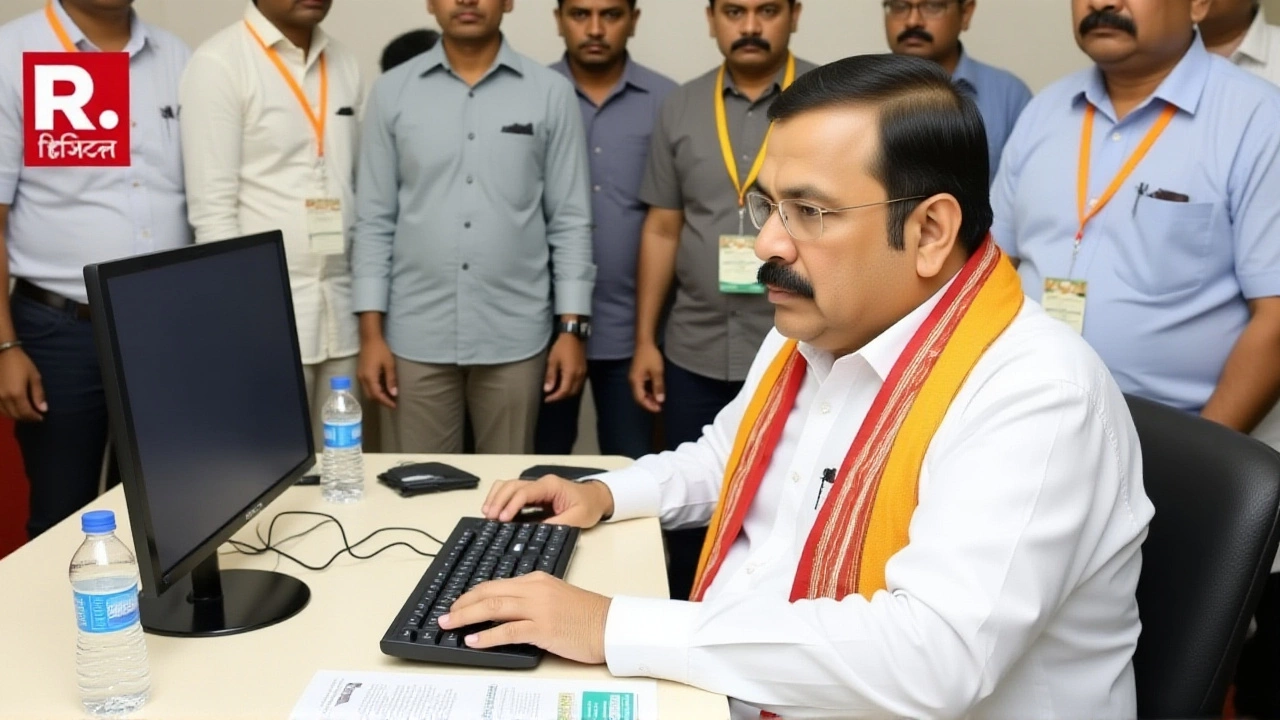Swadeshi Digital Push: India’s Homegrown Tech Revolution
When talking about Swadeshi digital push, most people think of a government‑led effort to replace imported software with locally built solutions. Swadeshi digital push, a policy drive that encourages Indian companies to develop indigenous digital products and services, also known as Indian tech self‑reliance, aims to cut dependence on foreign vendors and boost national security. It encompasses everything from cloud platforms to AI tools, and it requires strong public‑private collaboration.
Key pillars that shape the movement
The first pillar is Make in India, a broader manufacturing and innovation program that gives tax breaks and fast‑track approvals for tech projects. Make in India influences the Swadeshi digital push by providing the regulatory cushion needed for startups to scale without foreign aid. Companies that qualify receive subsidies for R&D, which directly fuels native software development.
Next up is Digital India, the nationwide initiative to bring internet, e‑governance and digital literacy to every corner of the country. Digital India enables the Swadeshi digital push by creating a massive user base that prefers locally hosted services for speed and data protection. When millions of citizens start using homegrown apps for payments or health, the ecosystem becomes self‑sustaining.
Open‑source adoption is another vital component. Open‑source India, the community and government push to use and contribute to open‑source software provides a cost‑effective foundation for building custom solutions. Projects like the Indian Linux distribution or government‑released APIs let developers avoid licensing fees while keeping code transparent.
Data sovereignty ties everything together. Data sovereignty, the principle that a nation’s data should reside within its own legal jurisdiction is a core goal of the Swadeshi digital push. By storing citizen data on Indian servers, the country mitigates risks of foreign surveillance and complies with new privacy rules.
The startup ecosystem fuels the momentum. Indian entrepreneurs are now targeting niche problems—agri‑tech, health‑tech, fintech—using homegrown stacks. This ecosystem benefits from policy incentives, financial grants, and a growing pool of skilled engineers who prefer working on “Made in India” products.
Government policy acts as the glue. Recent directives mandate that public sector units prioritize Indian vendors for cloud services, AI tools, and cybersecurity solutions. These policies create guaranteed revenue streams, encouraging vendors to invest heavily in local R&D.
All these entities—Make in India, Digital India, Open‑source India, Data sovereignty, and the vibrant startup scene—form a tightly knit network that drives the Swadeshi digital push forward. By understanding how each piece fits, you can see why India is moving quickly toward tech self‑reliance.
Below you’ll find a curated set of articles that dig deeper into each of these aspects, from policy analysis to real‑world case studies. Whether you’re a developer, investor, or just curious about India’s tech future, the collection offers practical insights you can act on right away.
Amit Shah Migrates to Zoho Mail in Swadeshi Push Amid US Tariff Tension
Amit Shah moved his official email to Zoho Mail on Oct 8, 2025, underscoring India's Swadeshi digital push amid US tariff tensions and boosting homegrown tech.
